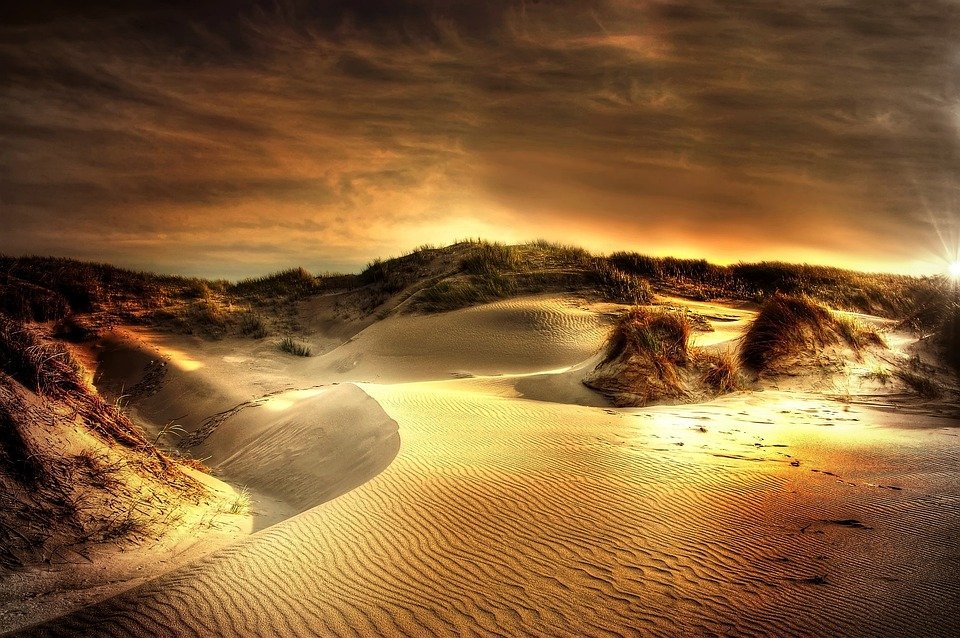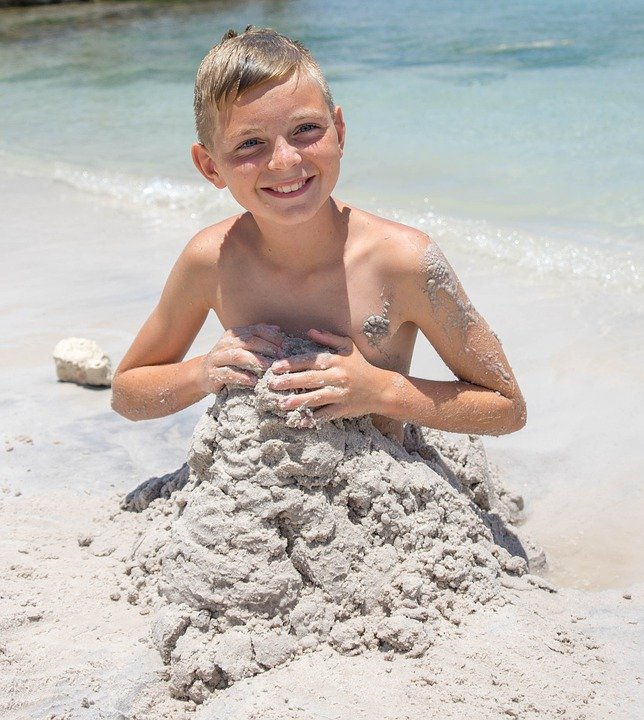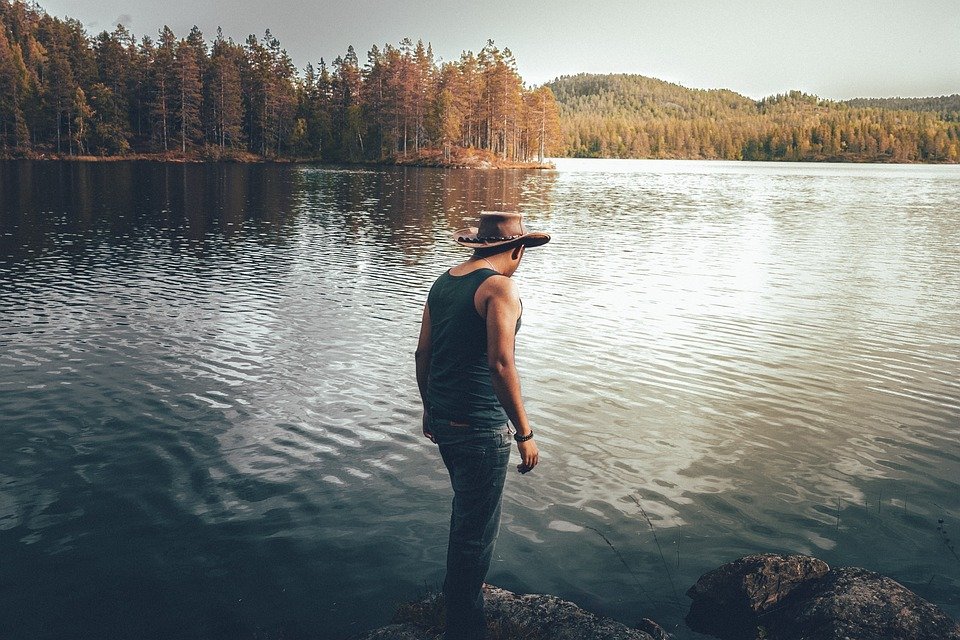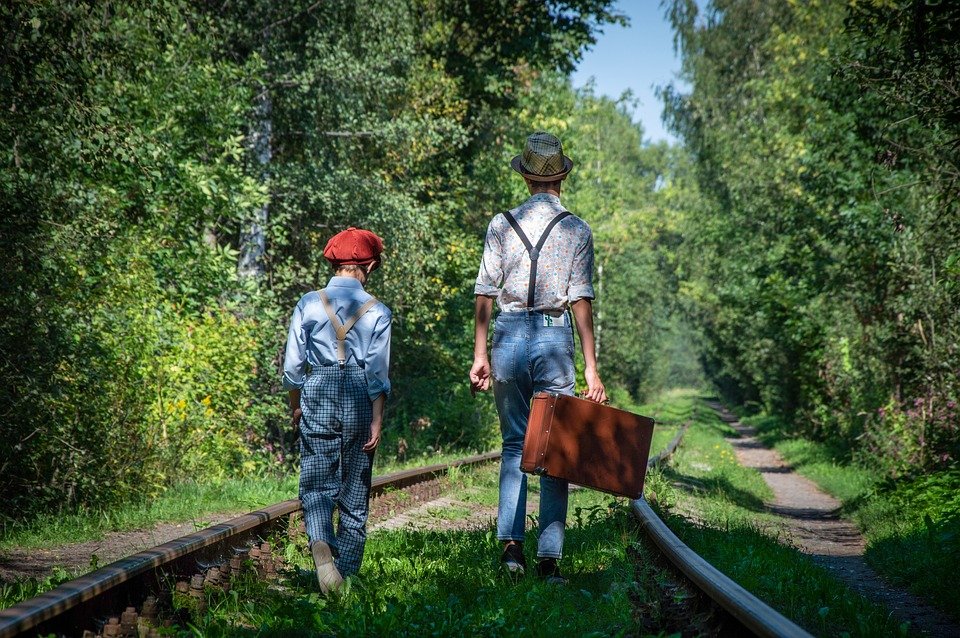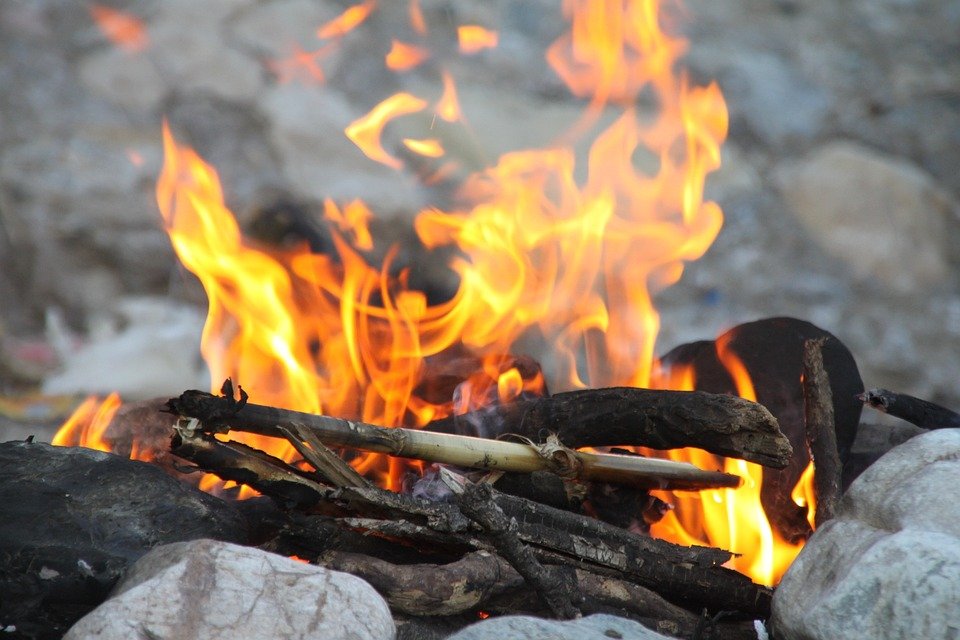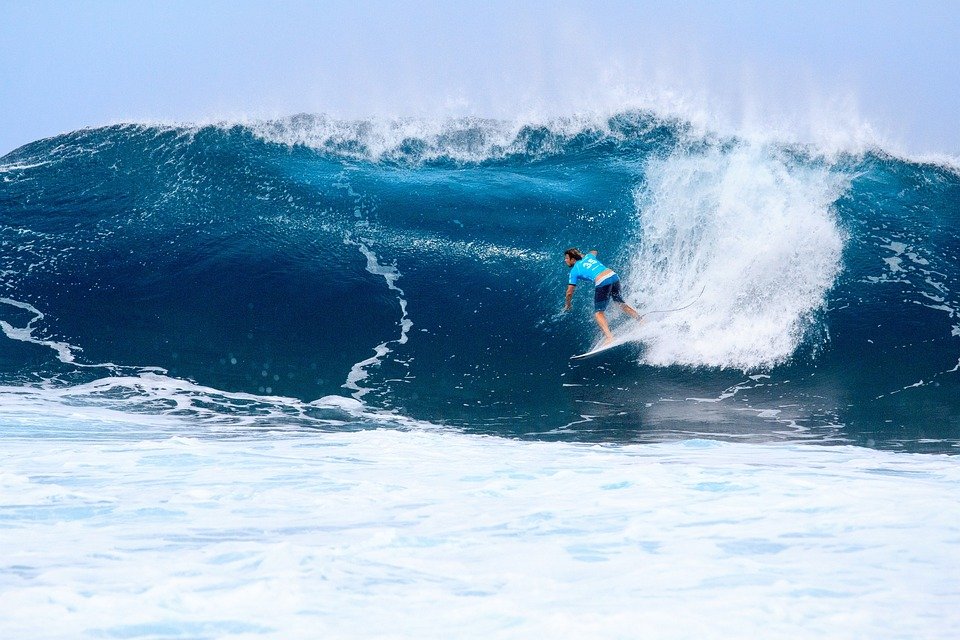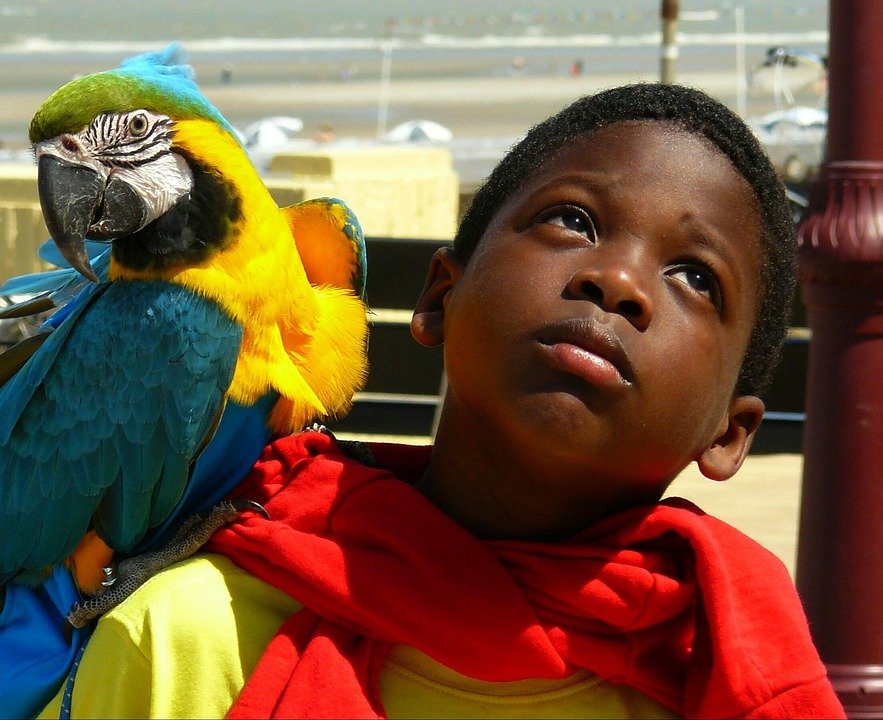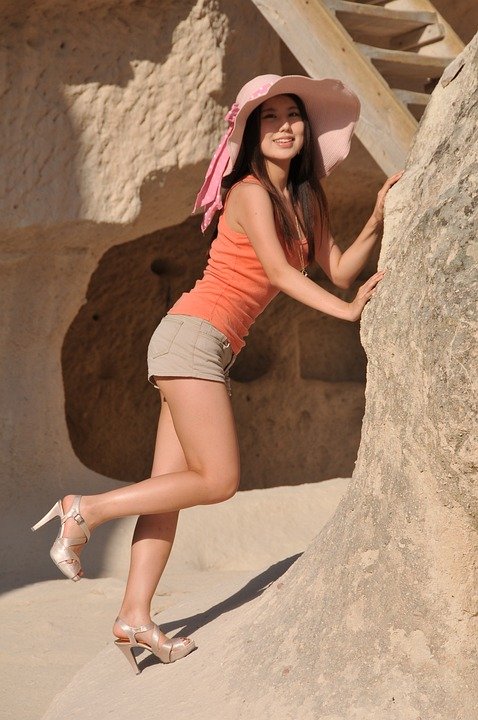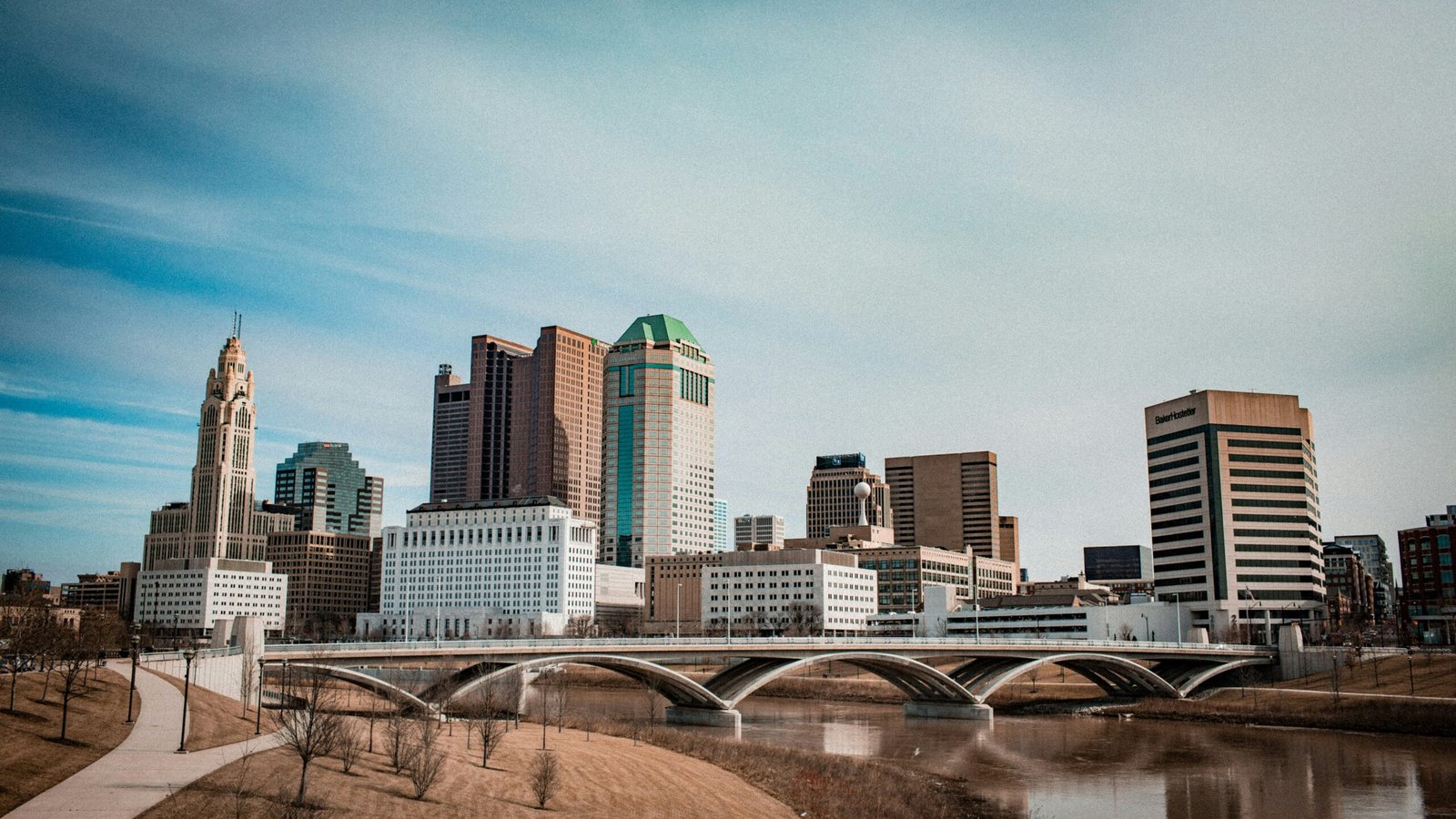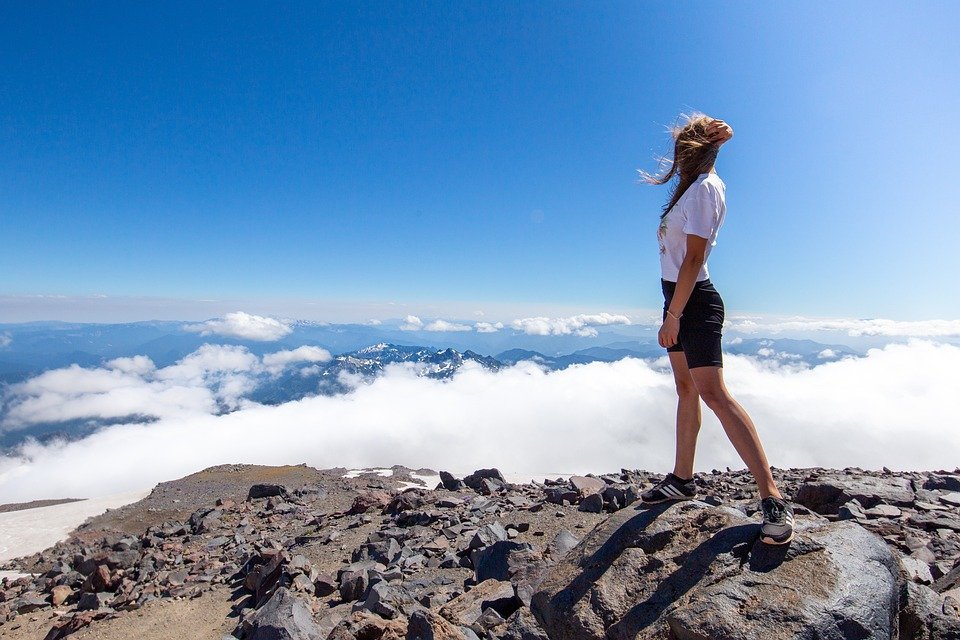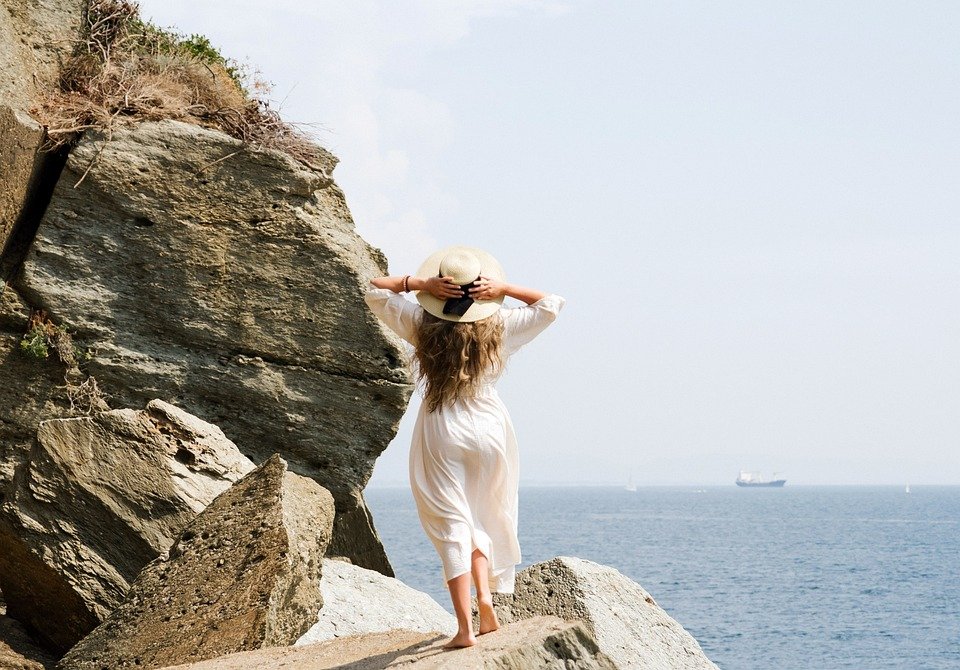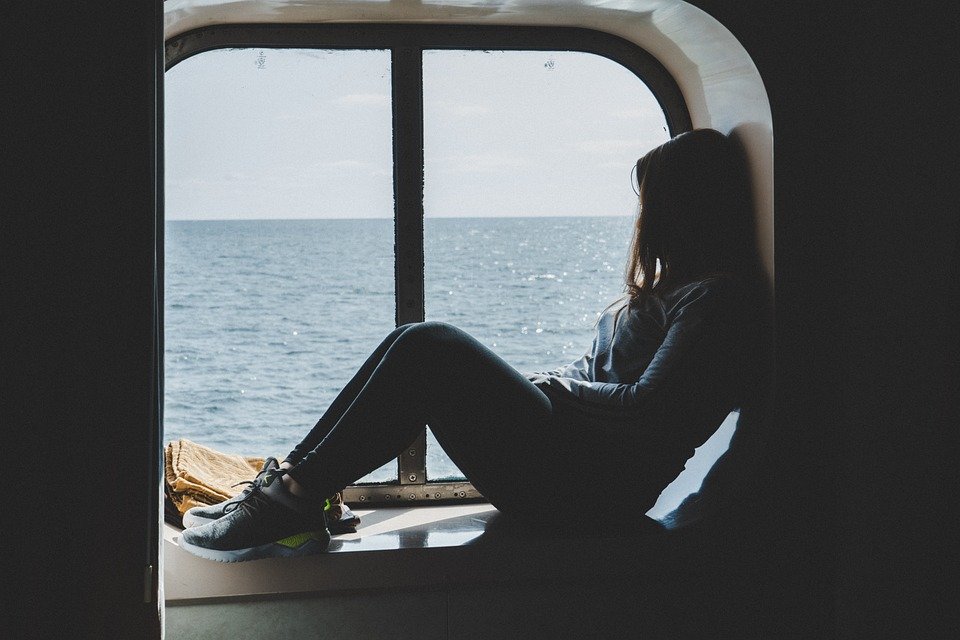From Mt. Hood to Crater Lake: A Journey through Oregon’s Natural Wonders

Discover the breathtaking beauty of Oregon’s natural wonders as we take you on a journey from the snowy peaks of Mt. Hood to the stunning blue waters of Crater Lake. This article will guide you through the must-see attractions and hidden gems that make Oregon a paradise for nature lovers and adventure seekers.
What makes Mt. Hood a must-visit destination?
Standing tall at 11,240 feet, Mt. Hood is the highest peak in Oregon and a popular destination for outdoor enthusiasts. Whether you’re a seasoned hiker or just looking for a scenic drive, Mt. Hood offers a wide range of activities for visitors of all ages.
One of the main attractions of Mt. Hood is the Timberline Lodge, a historic hotel that offers panoramic views of the mountain and surrounding forests. Visitors can also explore the numerous hiking trails that crisscross the area, taking in the beauty of alpine meadows, lush forests, and sparkling lakes.
What can visitors expect at Crater Lake?
Crater Lake is one of the most iconic natural landmarks in Oregon, known for its stunning blue waters and picturesque surroundings. Formed over 7,700 years ago after the collapse of a volcano, Crater Lake is now a popular destination for hikers, photographers, and nature lovers.
Visitors to Crater Lake can enjoy a variety of activities, including hiking along the rim of the lake, taking a boat tour to Wizard Island, or simply soaking in the breathtaking views from one of the many scenic overlooks. The deep blue color of the lake, caused by its purity and depth, is truly a sight to behold.
How can travelers best explore Oregon’s natural wonders?
One of the best ways to experience Oregon’s natural beauty is by embarking on a road trip through the state. The Pacific Coast Highway offers stunning views of rugged coastline, sandy beaches, and towering cliffs, while the Cascade Mountains provide a scenic backdrop of snow-capped peaks and lush forests.
For those looking to delve deeper into Oregon’s wilderness, there are numerous state and national parks to explore, including the Columbia River Gorge, Silver Falls State Park, and the Wallowa Mountains. Whether you prefer hiking, camping, or simply driving through picturesque landscapes, Oregon has something for everyone.
What other attractions should visitors not miss in Oregon?
In addition to Mt. Hood and Crater Lake, Oregon is home to a variety of other natural wonders that are worth exploring. The Oregon Coast offers rugged cliffs, sandy beaches, and charming seaside towns, while the Willamette Valley is Well-known for its vineyards and wineries.
Visitors can also explore the vibrant city of Portland, known for its eclectic neighborhoods, thriving food scene, and iconic landmarks like the Portland Japanese Garden and Powell’s City of Books. No matter where your travels take you in Oregon, you’re sure to be awe-struck by the state’s natural beauty and diverse attractions.
Conclusion
From the majestic peaks of Mt. Hood to the crystal-clear waters of Crater Lake, Oregon offers a wealth of natural wonders just waiting to be explored. Whether you’re a hiker, photographer, or simply a nature lover, Oregon’s diverse landscapes and stunning scenery are sure to leave you breathless. So pack your bags, hit the road, and discover the beauty of Oregon for yourself.
FAQs
1. What is the best time of year to visit Oregon’s natural wonders?
The best time to visit Oregon’s natural wonders is typically during the spring and summer months, when the weather is mild and the landscapes are in full bloom. Fall is also a popular time to visit, as the leaves change color and the crowds thin out. Winter can be a magical time to visit Oregon, especially if you enjoy winter sports like skiing and snowboarding.
2. Are there any entrance fees or permits required to visit Mt. Hood and Crater Lake?
There may be entrance fees or parking fees required to visit Mt. Hood and Crater Lake, especially if you plan to visit the national parks or state parks in the area. It’s always a good idea to check the current fees and permits required before you visit, to ensure a smooth and hassle-free experience.
3. What are some recommended activities to do in Oregon’s natural wonders?
Some recommended activities to do in Oregon’s natural wonders include hiking, camping, boating, fishing, wildlife viewing, and photography. Whether you prefer a leisurely stroll along a scenic trail or an adrenaline-pumping adventure, Oregon has something for everyone to enjoy.
4. Are there any guided tours or ranger programs available at Mt. Hood and Crater Lake?
Yes, there are guided tours and ranger programs available at Mt. Hood and Crater Lake, which can provide valuable information about the geology, history, and wildlife of the area. These tours are a great way to learn more about Oregon’s natural wonders and make the most of your visit.
5. What are some nearby attractions that visitors can explore in addition to Mt. Hood and Crater Lake?
In addition to Mt. Hood and Crater Lake, visitors to Oregon can also explore nearby attractions such as the Columbia River Gorge, Smith Rock State Park, Multnomah Falls, and the Painted Hills. These attractions offer a diverse range of landscapes and activities for visitors to enjoy, making Oregon a truly versatile destination for nature lovers and adventure seekers.


 English
English 







